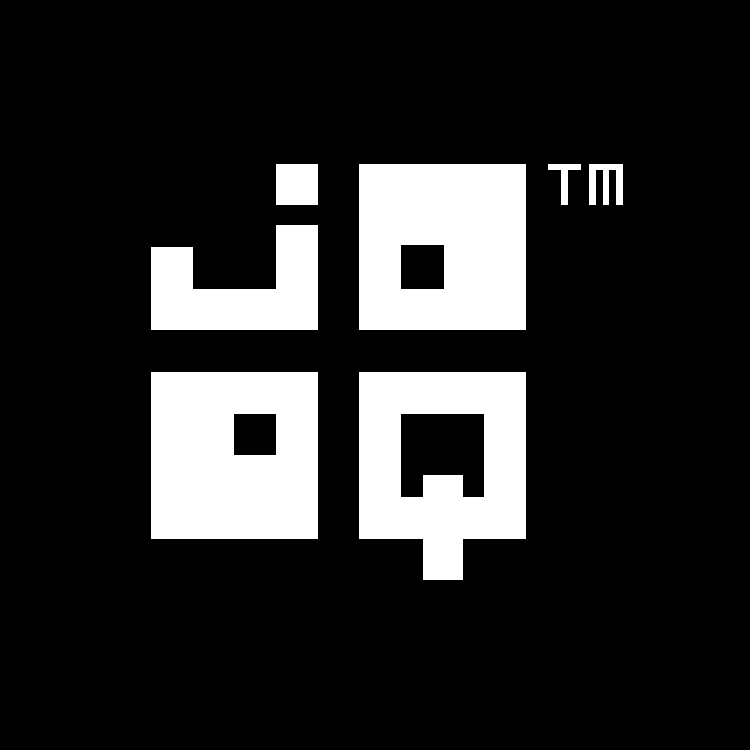Available in versions: Dev (3.20) | Latest (3.19) | 3.18 | 3.17 | 3.16 | 3.15 | 3.14 | 3.13 | 3.12 | 3.11 | 3.10
Runtime schema and table mapping
Applies to ✅ Open Source Edition ✅ Express Edition ✅ Professional Edition ✅ Enterprise Edition
Most SQL object types are qualified with a org.jooq.Catalog and org.jooq.Schema. In multi-tenant application, users may want to map these identifier namespaces to something other than the default.
Mapping your DEV schema to a productive environment
You may wish to design your database in a way that you have several instances of your schema. This is useful when you want to cleanly separate data belonging to several customers / organisation units / branches / users and put each of those entities' data in a separate database or schema.
In our AUTHOR example this would mean that you provide a book reference database to several companies, such as My Book World and Books R Us. In that case, you'll probably have a schema setup like this:
- DEV: Your development schema. This will be the schema that you base code generation upon, with jOOQ
- MY_BOOK_WORLD: The schema instance for My Book World
- BOOKS_R_US: The schema instance for Books R Us
Mapping DEV to MY_BOOK_WORLD with jOOQ
When a user from My Book World logs in, you want them to access the MY_BOOK_WORLD schema using classes generated from DEV. This can be achieved with the org.jooq.conf.RenderMapping class, that you can equip your Configuration's settings with. Take the following example:
Example configuration
Settings settings = new Settings()
.withRenderMapping(new RenderMapping()
.withSchemata(
new MappedSchema().withInput("DEV")
.withOutput("MY_BOOK_WORLD"),
new MappedSchema().withInput("LOG")
.withOutput("MY_BOOK_WORLD_LOG")));
XML configuration
<settings xmlns="http://www.jooq.org/xsd/jooq-runtime-3.10.8.xsd">
<renderMapping>
<schemata>
<schema>
<input>DEV</input>
<output>MY_BOOK_WORLD</output>
</schema>
<schema>
<input>LOG</input>
<output>MY_BOOK_WORLD_LOG</output>
</schema>
</schemata>
</renderMapping>
</settings>
The query executed with a Configuration equipped with the above mapping will in fact produce this SQL statement:
SELECT * FROM MY_BOOK_WORLD.AUTHOR
DSL.using(connection, dialect, settings) .selectFrom(DEV.AUTHOR)
This works because AUTHOR was generated from the DEV schema, which is mapped to the MY_BOOK_WORLD schema by the above settings.
Mapping of tables
Not only schemata can be mapped, but also tables. If you are not the owner of the database your application connects to, you might need to install your schema with some sort of prefix to every table. In our examples, this might mean that you will have to map DEV.AUTHOR to something MY_BOOK_WORLD.MY_APP__AUTHOR, where MY_APP__ is a prefix applied to all of your tables. This can be achieved by creating the following mapping:
Example configuration
Settings settings = new Settings()
.withRenderMapping(new RenderMapping()
.withSchemata(
new MappedSchema().withInput("DEV")
.withTables(
new MappedTable().withInput("AUTHOR")
.withOutput("MY_APP__AUTHOR"))));
XML configuration
<settings xmlns="http://www.jooq.org/xsd/jooq-runtime-3.10.8.xsd">
<renderMapping>
<schemata>
<schema>
<input>DEV</input>
<tables>
<table>
<input>AUTHOR</input>
<output>MY_APP__AUTHOR</output>
</table>
</tables>
</schema>
</schemata>
</renderMapping>
</settings>
The query executed with a Configuration equipped with the above mapping will in fact produce this SQL statement:
SELECT * FROM DEV.MY_APP__AUTHOR
Table mapping and schema mapping can be applied independently, by specifying several MappedSchema entries in the above configuration. jOOQ will process them in order of appearance and map at first match. Note that you can always omit a MappedSchema's output value, in case of which, only the table mapping is applied.
Using regular expressions
All of the above examples were using 1:1 constant name mappings where the input and output schema or table names are fixed by the configuration. With jOOQ 3.8, regular expression can be used as well for mapping, for example:
Example configuration
Settings settings = new Settings()
.withRenderMapping(new RenderMapping()
.withSchemata(
new MappedSchema().withInputExpression(Pattern.compile("DEV_(.*)"))
.withOutput("PROD_$1")
.withTables(
new MappedTable().withInputExpression(Pattern.compile("DEV_(.*)"))
.withOutput("PROD_$1"))));
XML configuration
<settings xmlns="http://www.jooq.org/xsd/jooq-runtime-3.10.8.xsd">
<renderMapping>
<schemata>
<schema>
<inputExpression>DEV_(.*)</inputExpression>
<output>PROD_$1</output>
<tables>
<table>
<inputExpression>DEV_(.*)</inputExpression>
<output>PROD_$1</output>
</table>
</tables>
</schema>
</schemata>
</renderMapping>
</settings>
The only difference to the constant version is that the input field is replaced by the inputExpression field of type java.util.regex.Pattern, in case of which the meaning of the output field is a pattern replacement, not a constant replacement.
Hard-wiring mappings at code-generation time
Note that the manual's section about code generation schema mapping explains how you can hard-wire your catalog, schema and table mappings at code generation time.
Limitations
Mapped objects need to be known to the jOOQ org.jooq.RenderContext, which means that for example plain SQL templates and their contents cannot be mapped. See also features requiring code generation for more details.

Feedback
Do you have any feedback about this page? We'd love to hear it!